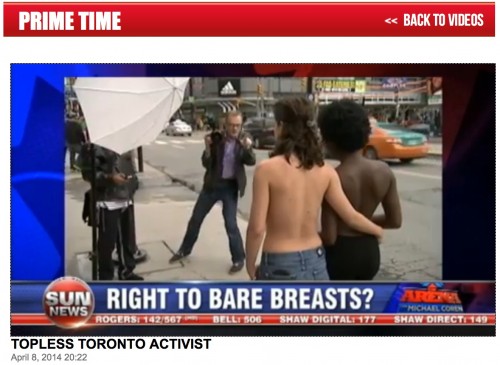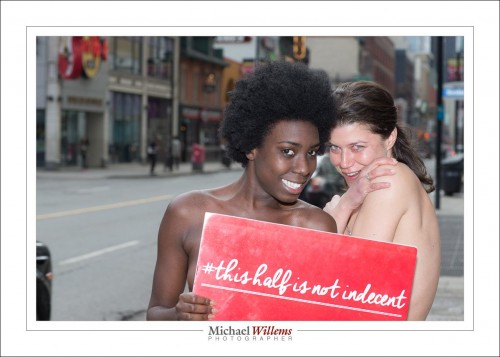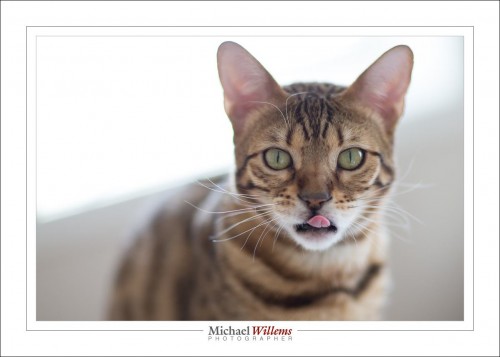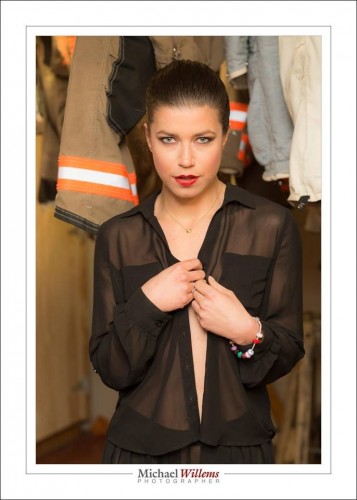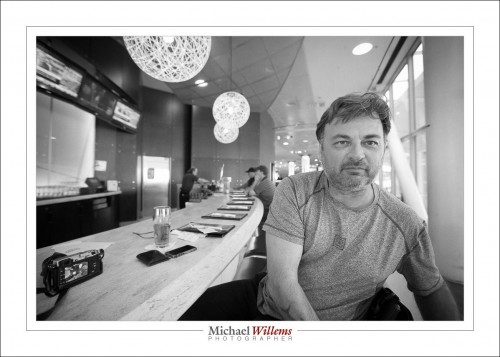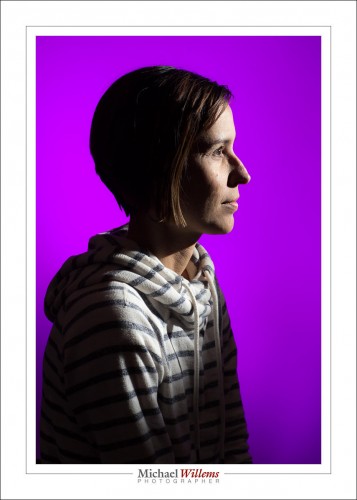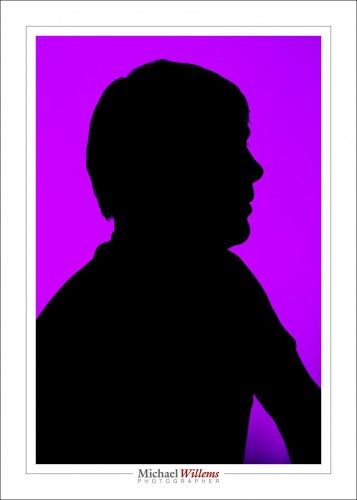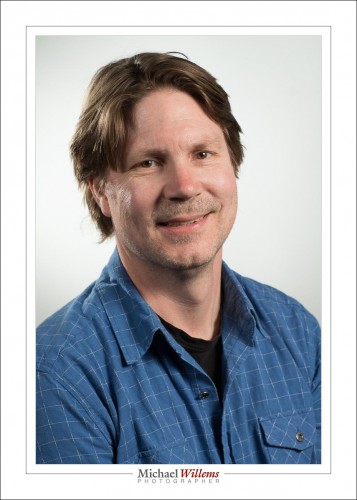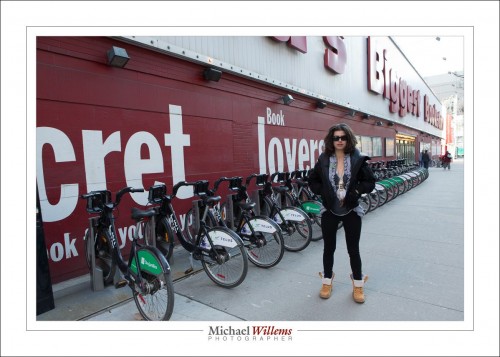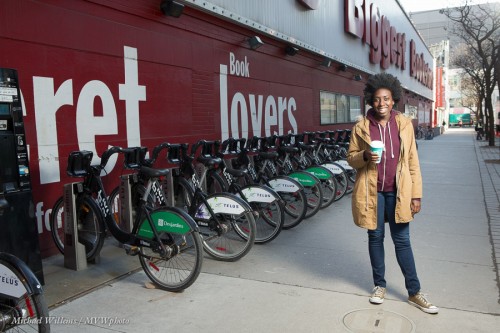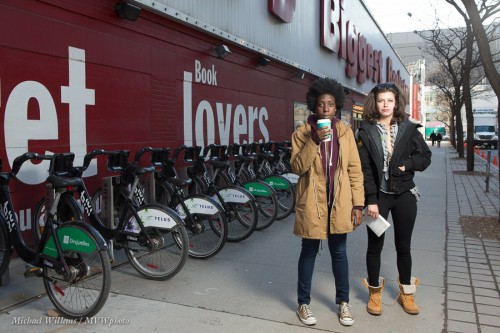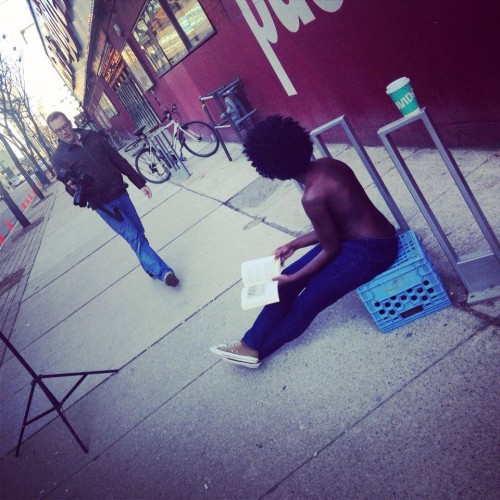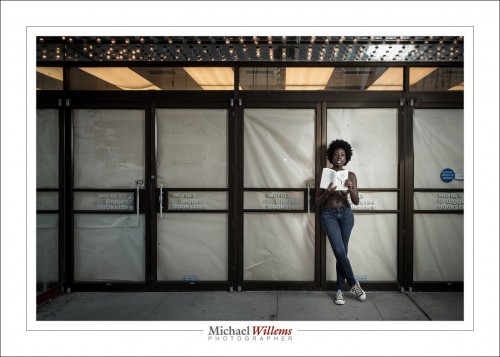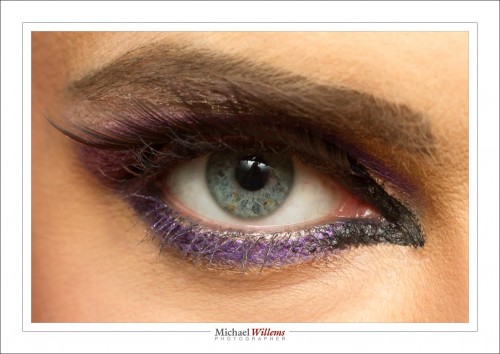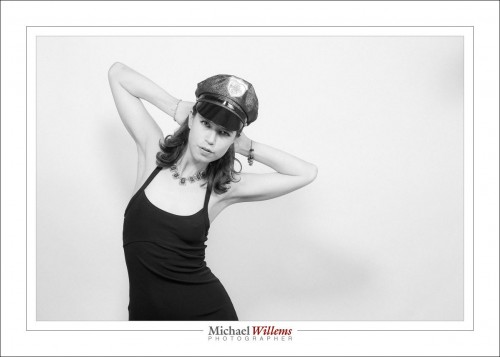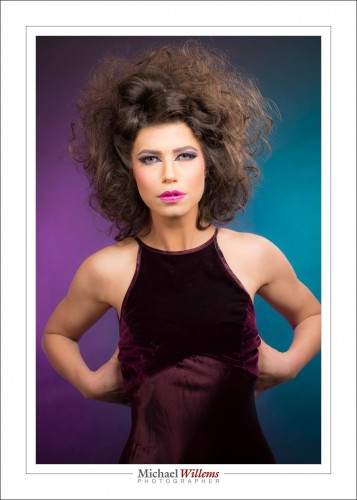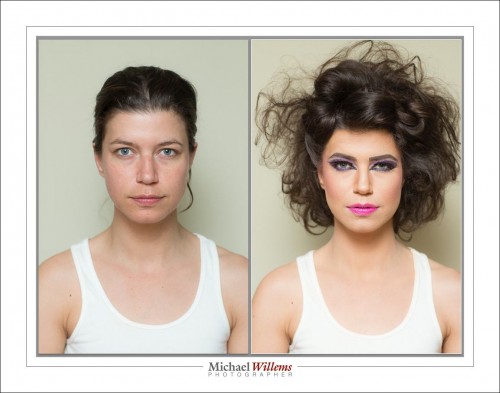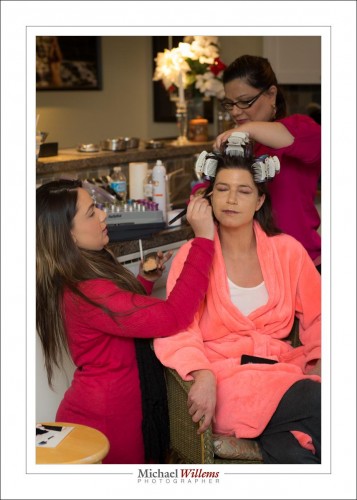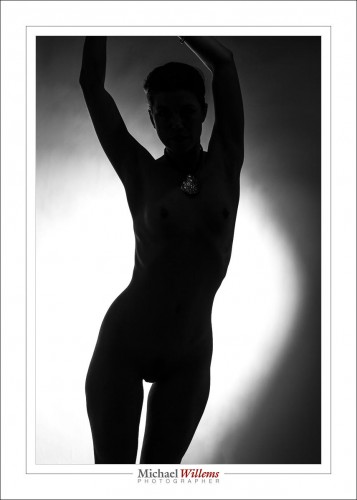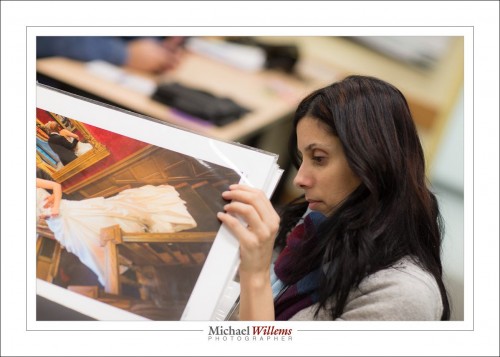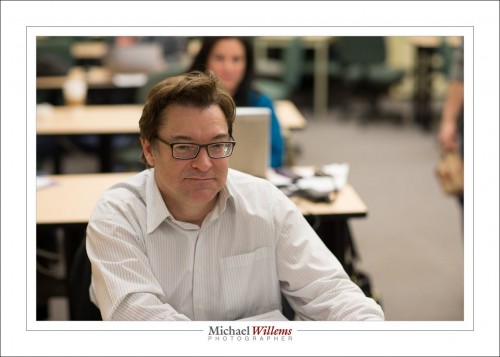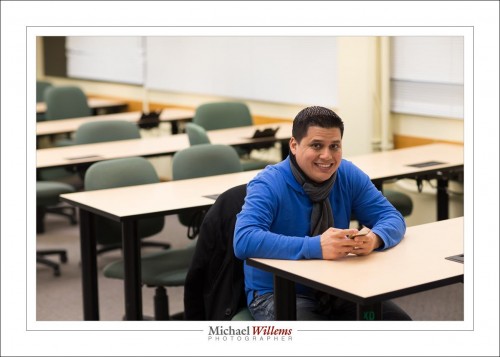So today I shot Serenity Hart, the feminist activist who is touring Canada to emphasize women’s right to go topless. I shot her when she was being interviewed by Michael Coren on Sun News:
See here for the entire video, and see here for some still and a few portraits we took afterward (the latter contain toplessness, so if this is not your thing, do not click the link).
Here’s a “suitable for work” shot:
You can support Serenity’s tour via this link.
For most of today’s photos, I used a flash off-camera shooting through an umbrella.
- No flash gives bright backgrounds and flat light.
- Straight flash gives flat light and hard shadows.
- Off-camera flash rocks.
To see an example or two of each of those lighting style, look at the pictures in detail: http://www.mvwphoto.com/naakt/20140408-SerenityKim/ — these contain toplessness).
More about the light:
- For all these, I used TTL off-camera flash.
- For the second set, by the boat, using the umbrella was impossible: too little light from a small flash. So I used the flash direct and unmodified. That gave me enough flash power. Just.
Good light is a necessity for good pictures, so when you are shooting, always think about the light. And I assure you that that is what I was thinking about today: not breasts, but light.

